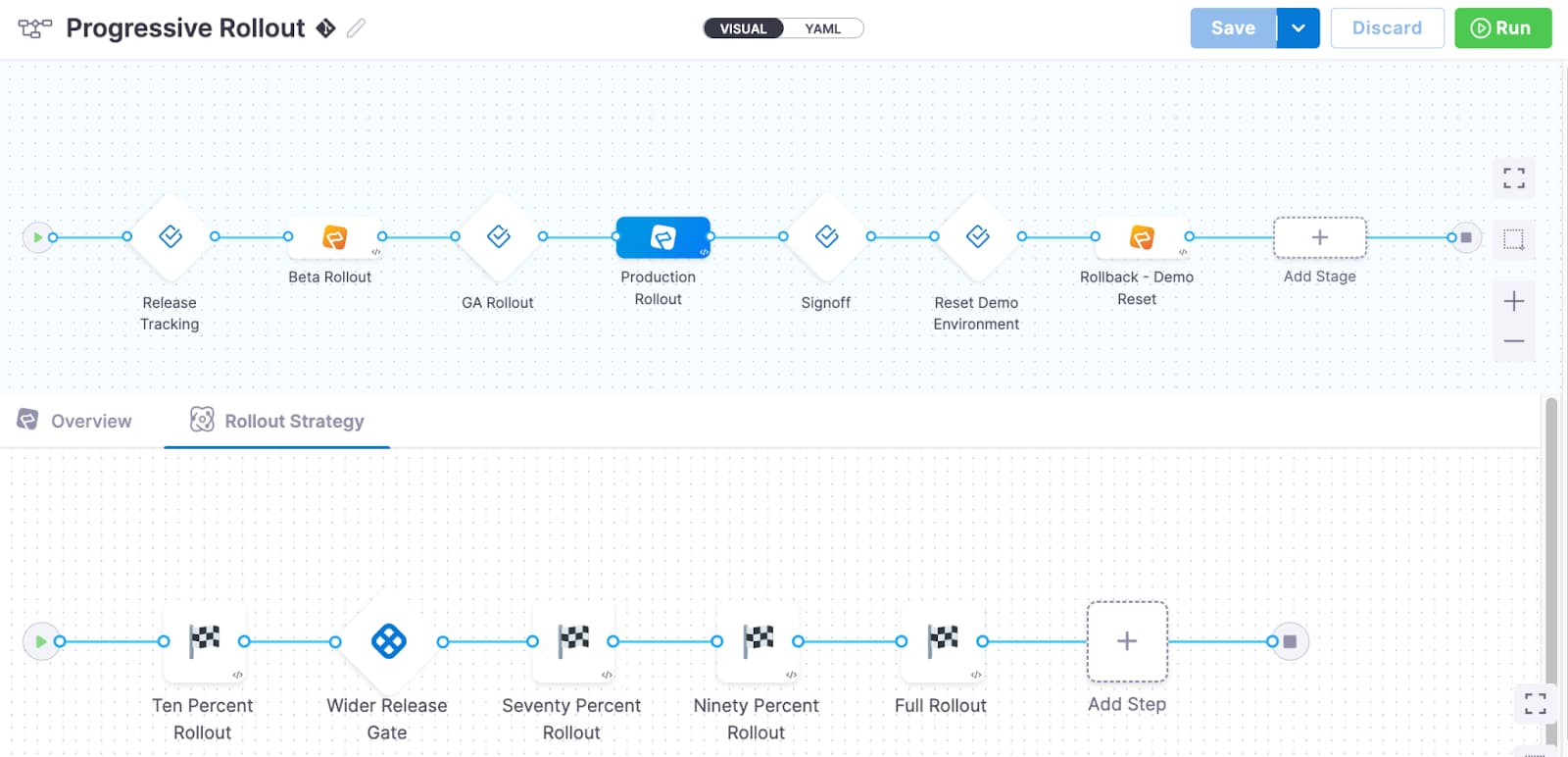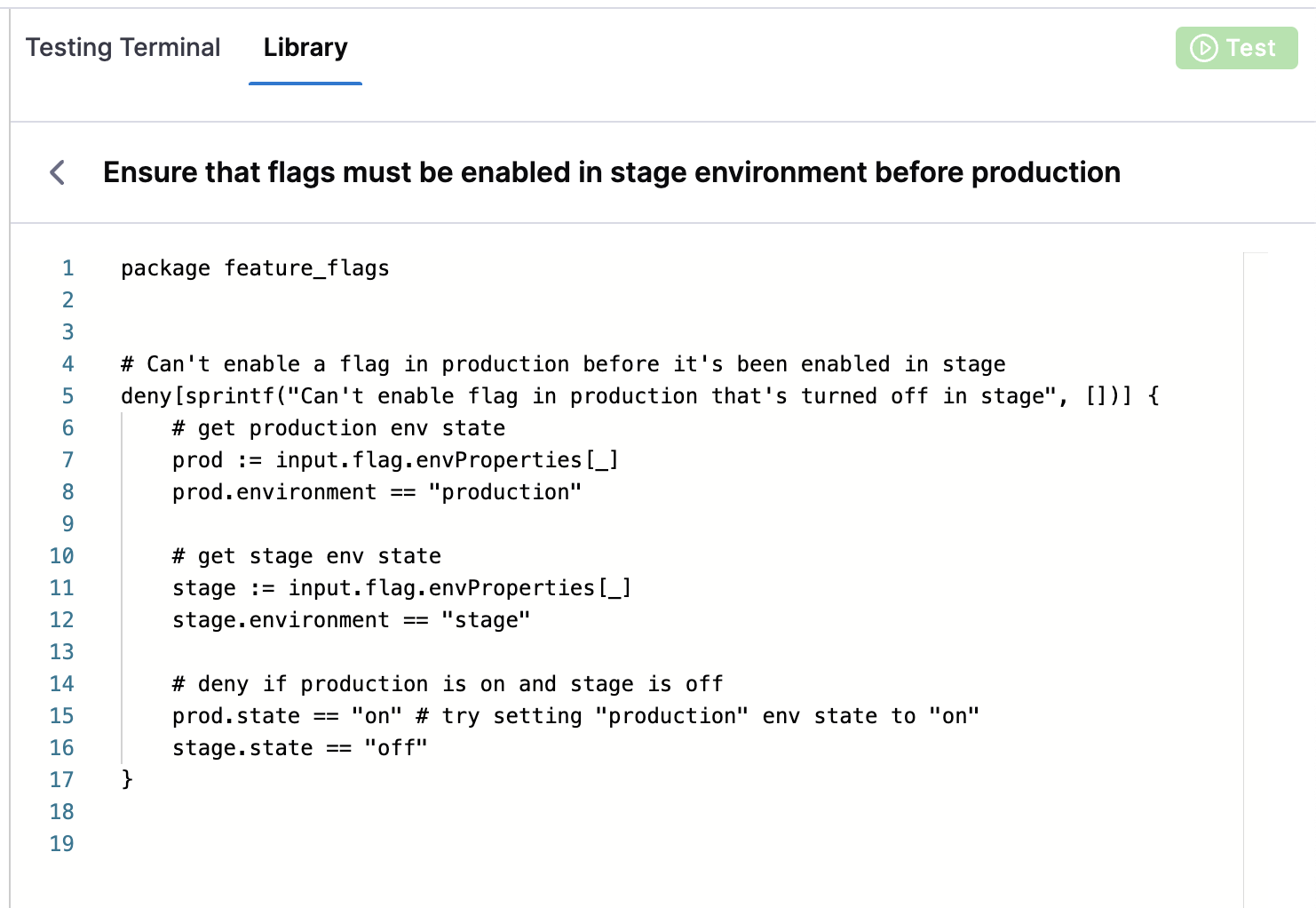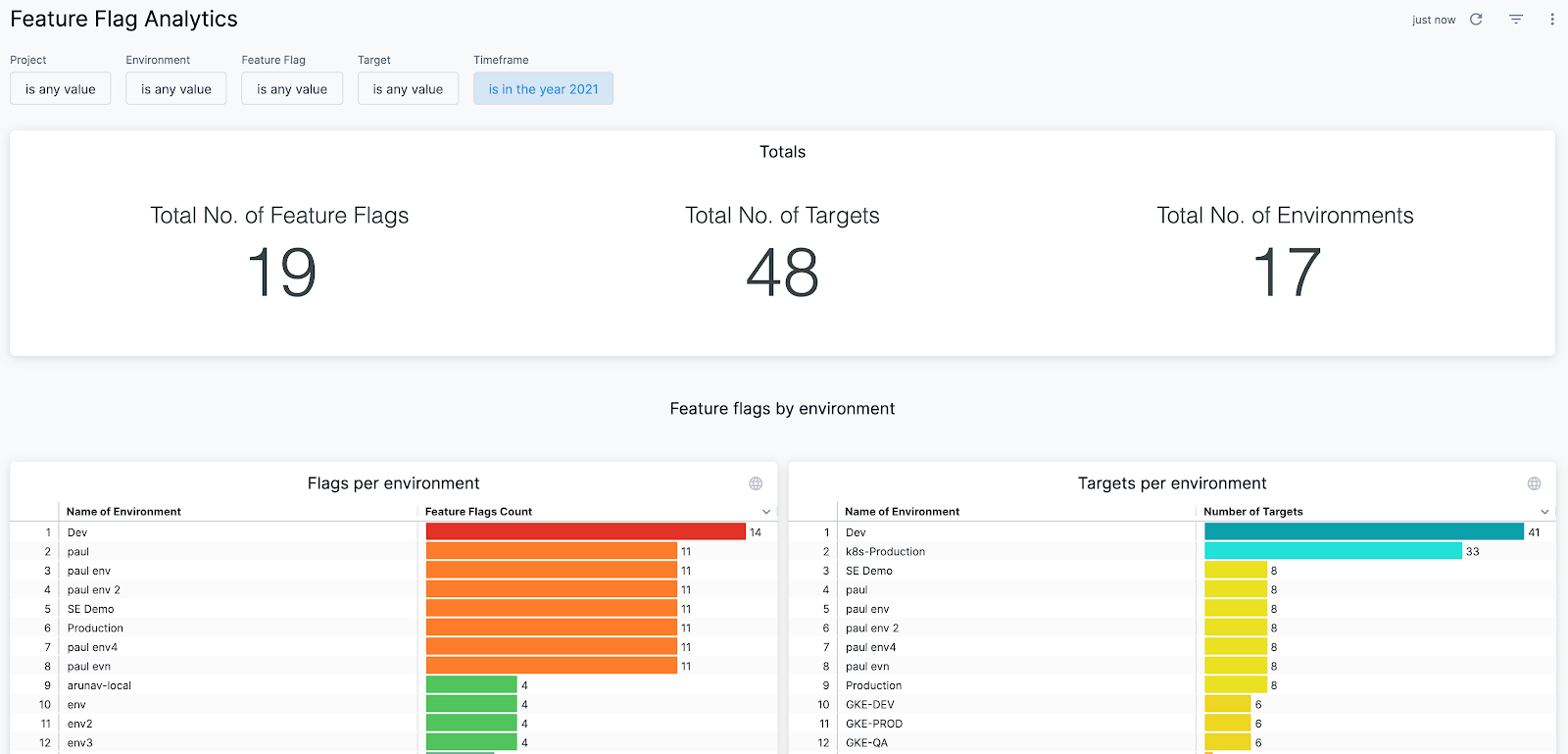
Harness has been named a Leader and Outperformer in the GigaOm Radar Report for Feature Flags. With advanced capabilities in no-code workflows, policy-based governance, and seamless CI/CD integration, Harness offers a comprehensive solution for feature management, enabling faster and safer deployments.
Just over one year ago, we introduced Harness Feature Flags to solve the problem of how to release features more confidently, safely, and quickly. Compared to existing solutions, we wanted to focus on minimizing the tradeoff between velocity and control, and we did that by balancing a speedy developer experience with robust governance capabilities. Our solution would create the frameworks Dev and DevOps teams needed to collaborate better and ultimately deliver higher quality software to customers faster.
We’re thrilled to debut as a Leader and Outperformer in the 2022 GigaOm Radar Report for Feature Flags. This award exemplifies how Harness Feature Flags delivers on its promise as an innovative feature flag platform.

“Harness is a well-rounded and scalable feature flag solution that offers unique functionality for CaC [config as code] via GitOps, no-code workflow customization, and policy-driven governance via the Open Policy Agent (OPA). A full CI/CD platform provides end-to-end use case support for even freeware license holders.”
- GigaOm Radar for Feature Flags, 2022
The Harness Feature Flags Difference
One of the key research takeaways from GigaOm is that feature management as a space is evolving to support end-to-end software delivery and CI/CD - the exact position that Harness Feature Flags occupies in the market.
“Leading vendors in this space have evolved beyond table stakes functionality and now offer comprehensive solutions aimed at supporting end-to-end CI/CD and product development.”
It’s not just the native CI/CD integration as part of the Harness platform that makes Harness the only Outperformer amongst the feature flag platforms, and a Leader within one year of being publicly available. In fact, that’s just the tip of the iceberg.
Let’s explore what makes Harness Feature Flags stand out amongst its peers.
No-Code Workflow Customization and Automation
Harness Feature Flags workflows are rated “Exceptional”. Harness workflows, or Pipelines, and give users the ability to automate their feature releases. This ensures flags are integrated smoothly, whether you're working with a complex, legacy git branching strategy or a simpler trunk-best development approach. Pipelines let teams enforce their release standards, ensuring that flags go out at the right time to the right set of users and pass all the required release gates.
What makes this special is that these Pipelines can be created in a no-code interface. Critical collaboration required for a release across teams is made simpler and more manageable by anyone, whether they’re in Dev, DevOps, Product, or elsewhere. These can also be managed in-code with GitOps, providing maximum flexibility for teams looking to implement release processes.
The use of Pipelines for automation is a natural progression of how teams are using feature flags. They don’t want to manually manage flags and deal with the headache of auditing that behavior. Pipelines provide three key benefits:
- Save time managing feature releases
- Enforce standards for releases
- Avoid process errors and compliance issues

Policy-Based Governance with Open Policy Agent (OPA)
Governance is usually an onerous term that implies things will be slowed down. But it doesn’t have to be the case. Dev and DevOps should be able to establish guardrails or frameworks within which Dev teams are free to work and innovate.
That’s where policy-based governance comes in. Instead of going through multiple stages of verification during and after the coding process, Harness Feature Flags allows teams to set up global business logic via rego scripts using OPA that will shift left all of those verifications into the coding process. The same way Dev teams are used to working through runtime and compile errors during the code process, release errors will also be found resolved during development. Harness provides a number of these policies right out of the box, with flexibility to build and customize more policies.
Where OPA-based policies provide global guardrails (e.g. enforcing naming conventions), Pipelines are useful for establishing localized guardrails for a specific type of release. With both in place, Dev and DevOps teams rest easy knowing that when code is sent to be deployed, it’s ready right then and there. And when flag states change in production, flag pipelines trigger workflows that prevent mismanagement.
Dev and DevOps teams are realizing these benefits from the use of policy-based governance for their feature flags:
- More control over mission-critical release process
- Minimize frequency of costly release errors
- Simplify audits
- Freedom to innovate within predefined release framework
- Reduction in time to validate and push deployment live


Config as Code with GitOps
Harness Feature Flags is pioneering the concept of treating flags like config as code. Everything can be managed in code, and there’s a bi-directional sync between the UI and the code because of the automated GitOps workflow. Flags can be managed in the UI and those changes will be reflected directly into the Git repository, which is the source of truth. Any changes committed to the Git repository will sync with the UI. This also applies to Pipelines, which can be managed using the no-code interface or using YAML.
As a result, Dev teams are able to move faster without sacrificing the ability to collaborate with customer-facing stakeholders. They don’t have to learn a new tool and customer-facing teams can respond faster to customers. Having this capability makes it possible for teams to:
- Speed up adoption of feature flags
- Impact culture change and change management processes sooner
- Reduce developer toil

End-to-End Software Delivery Platform
GigaOm states that most feature flag solutions are point solutions, providing a deep set of features specifically for feature management. But as feature management becomes increasingly mission-critical, the reality is that it can’t be disconnected from CI/CD. While many vendors are trying to move more towards the platform approach, Harness Feature Flags is already there.
Maintaining connectors between CI/CD and a point feature flag solution runs the risk of lost data, higher maintenance costs, and multiple points of failure. It also means there are multiple implementations of security and RBAC controls, which adds the risk of mismanagement or process failure. We’re seeing customers choosing instead to set these things up only once to minimize any holes in their mission-critical software delivery process.
It’s not just setting up these controls that makes this native integration valuable. Imagine being able to go through a CI/CD pipeline and then automate how individual features in that deployment are rolled out. Release management goes from being about ensuring things don’t break, to creating customer-centric rollouts that empower customer-facing teams to excite customers and iterate faster with them.

With the Harness platform, teams have end-to-end visibility from build to deploy to release that’s allowing them to make better business decisions and drive efficiencies they didn’t even realize they could (e.g. making CI/CD less monolithic, resulting in more, smaller deployments with fewer issues). And because Harness does more than just CI/CD, there are a number of nifty integrations that will, for example, make it easy to identify the impact of an individual feature on business metrics such as cost or reliability.

Find Out More About Feature Management
Don’t just take our word for it. Download the complete GigaOm Radar Report for Feature Flags and see what GigaOm is hearing from technology end users about feature flags - and where Harness plays into that.
What’s Next for Harness Feature Flags?
Being included as a Leader and Outperformer less than 12 months after entering the feature flag management market is truly mind-blowing. And we’re just getting started. Whether it’s solving critical problems customers bring to us, or delivering new innovations the market has never seen, Harness Feature Flags is sure to continue to set itself apart.
Want to find out how you can leverage Harness Feature Flags to deploy faster, safer, and more confidently? You can talk to one of our Feature Flag specialists and get a customized demo, or sign up for free forever and start playing around today.
Happy coding!
